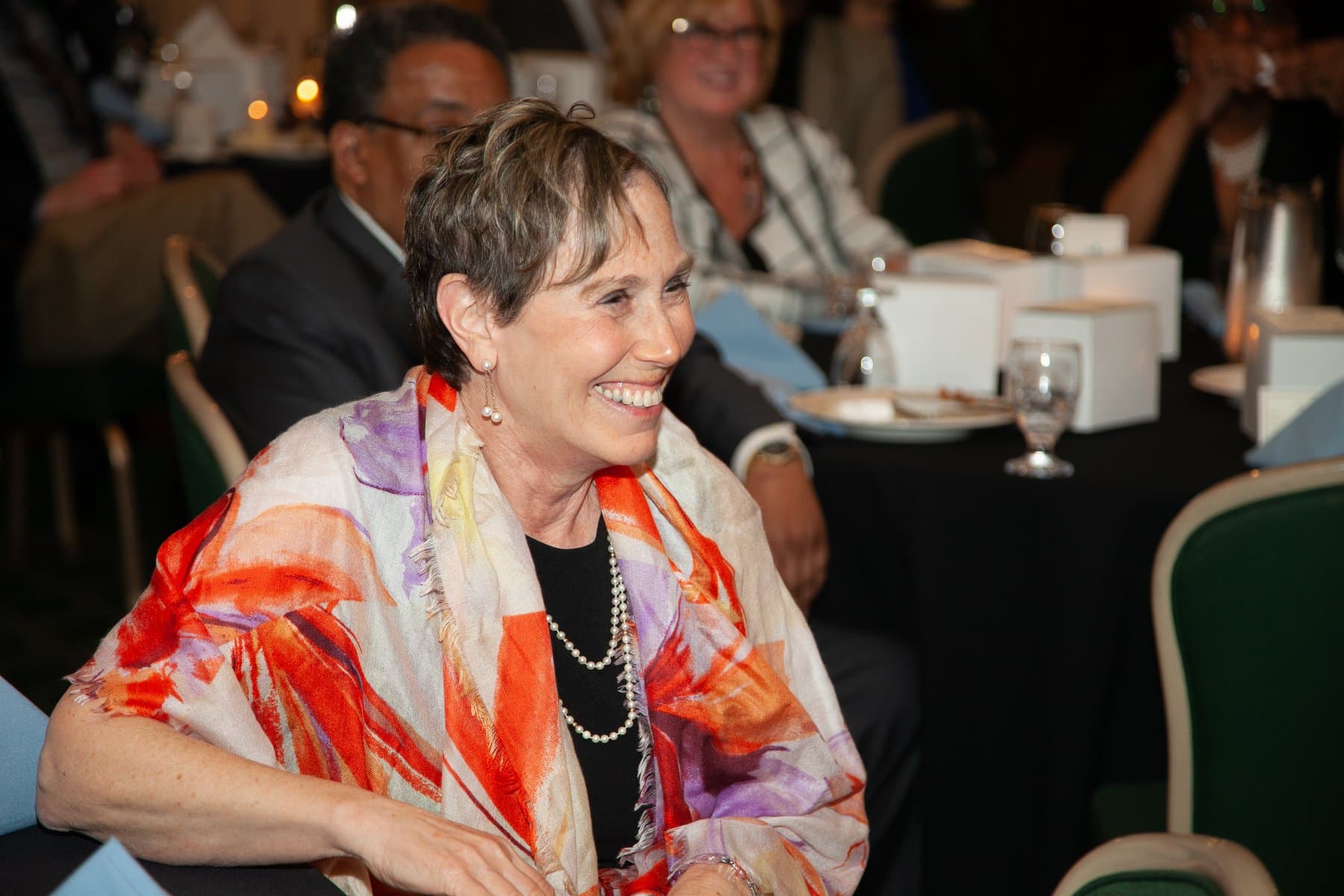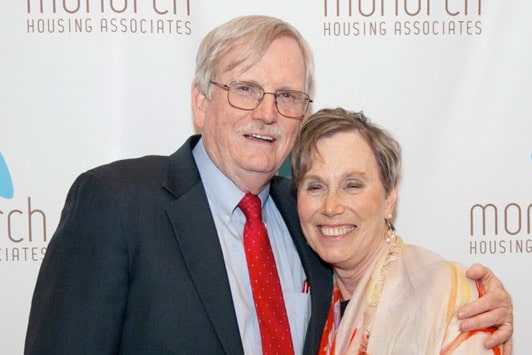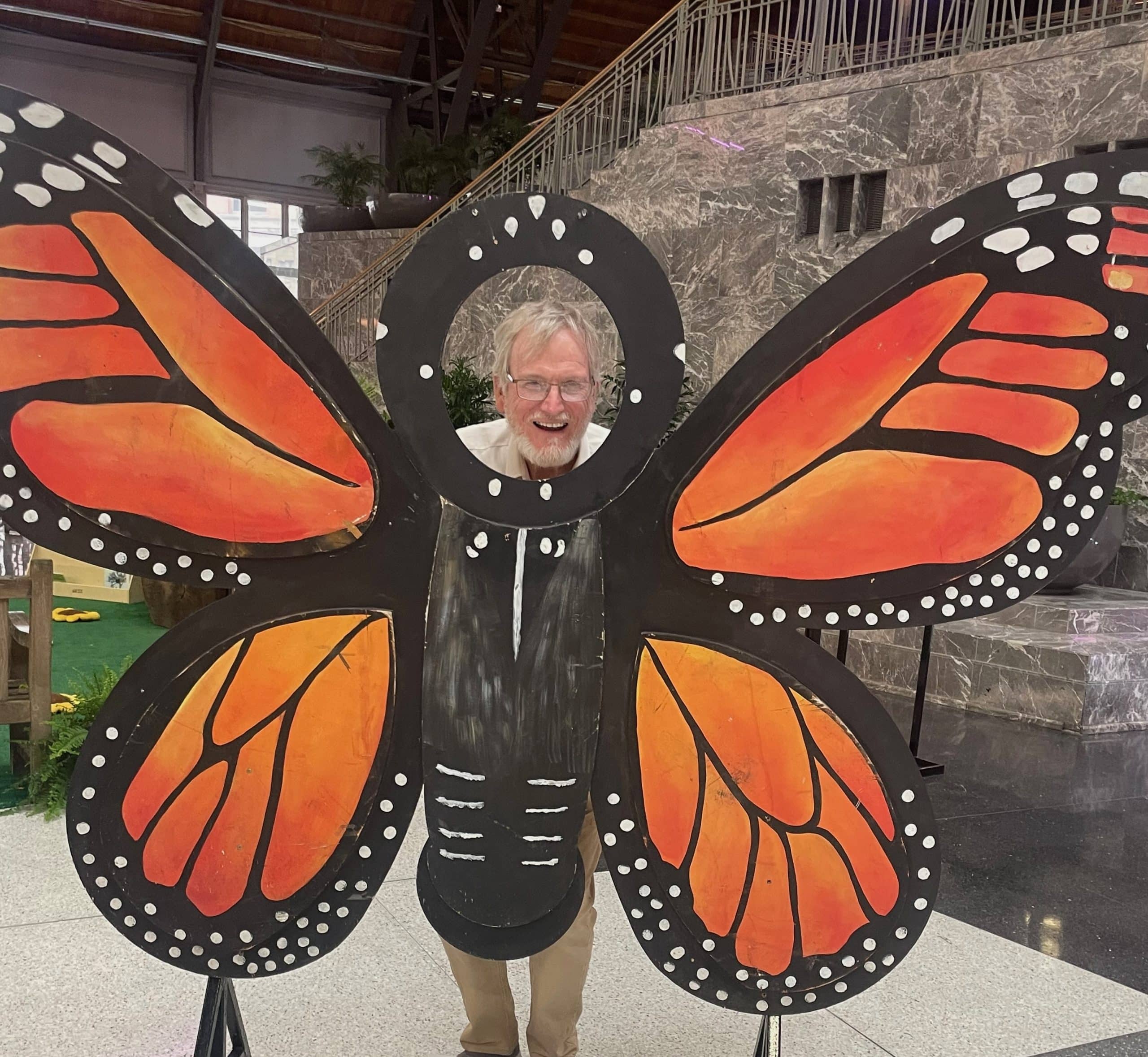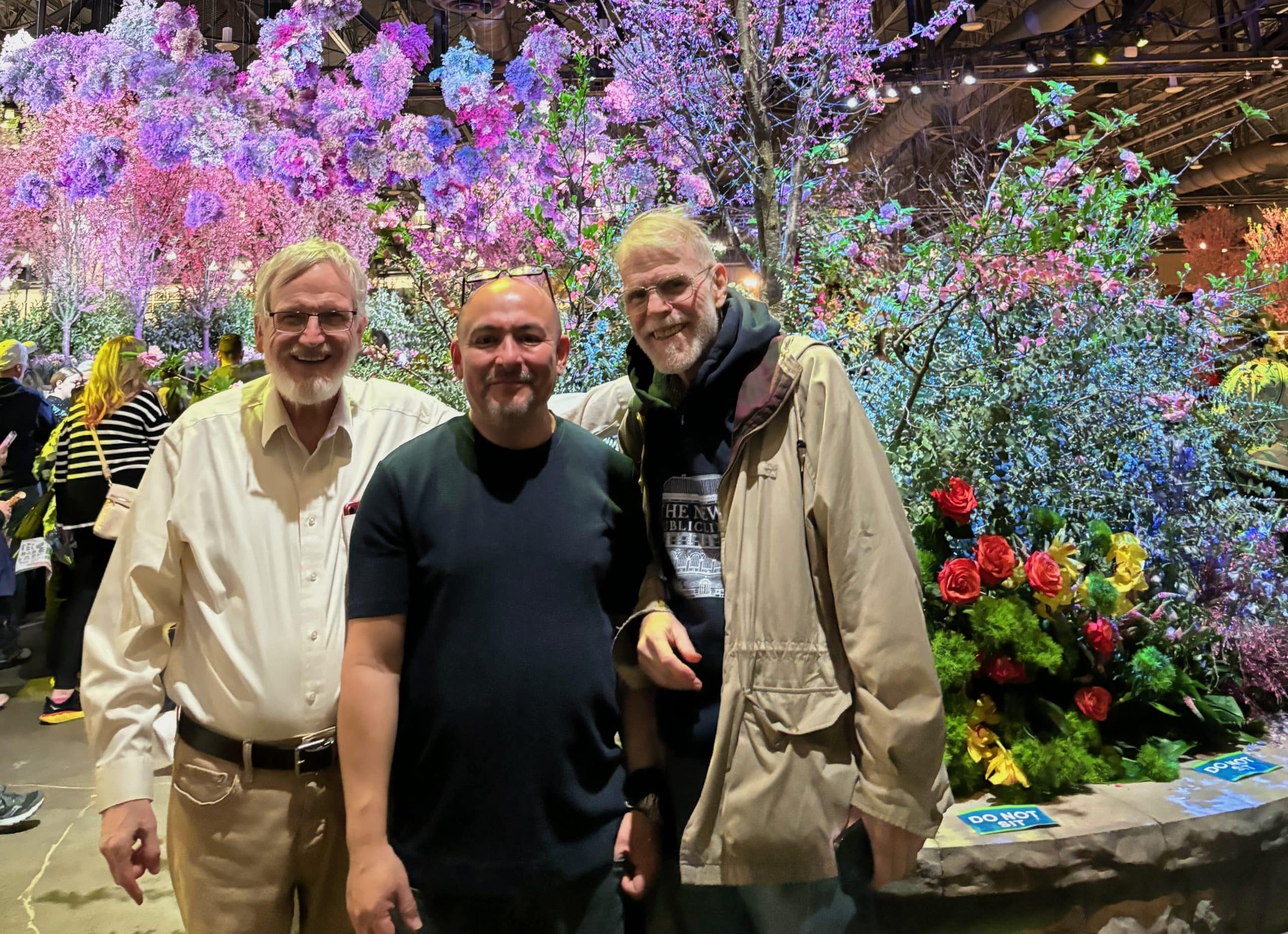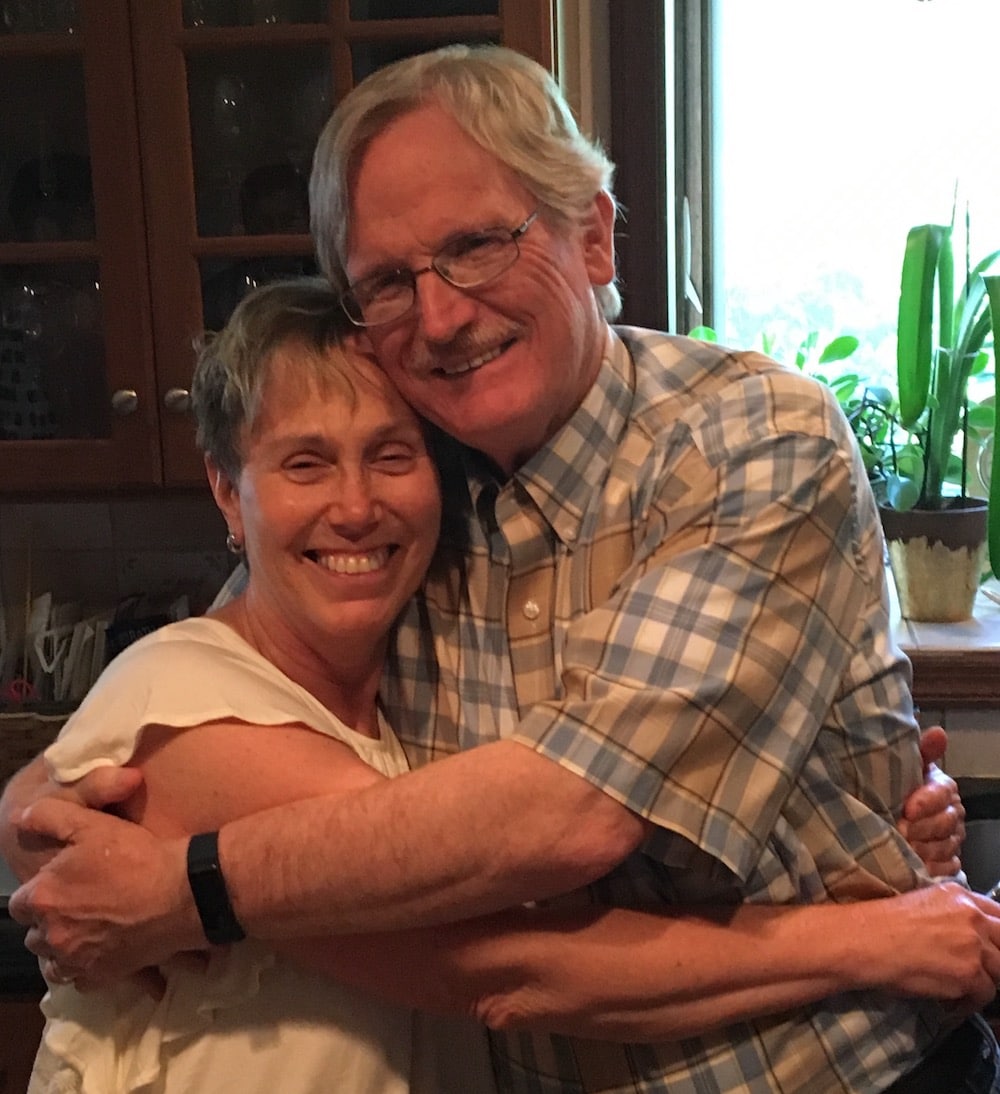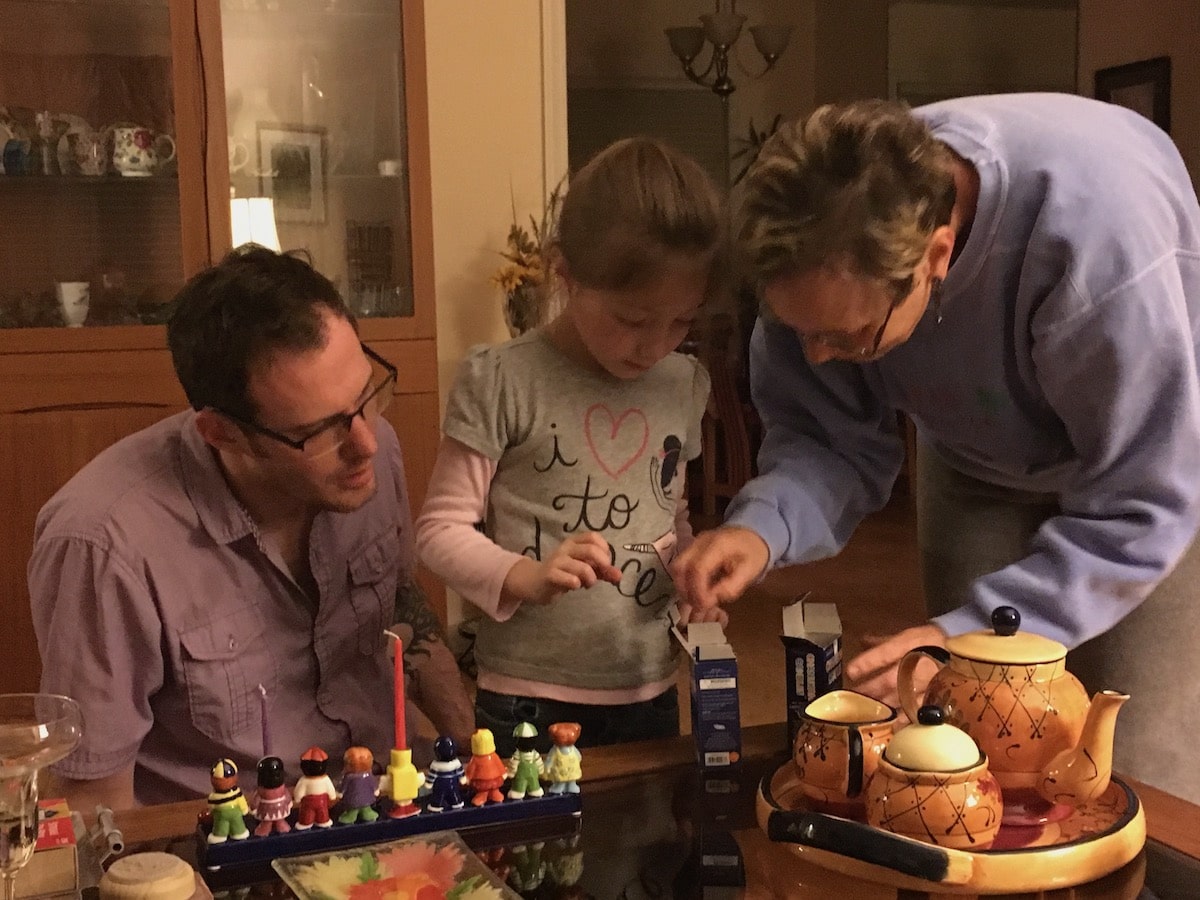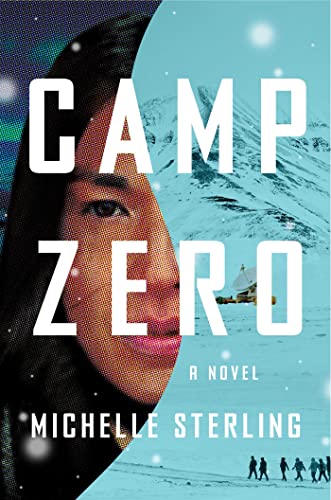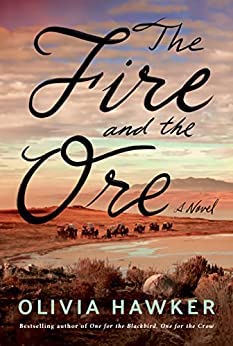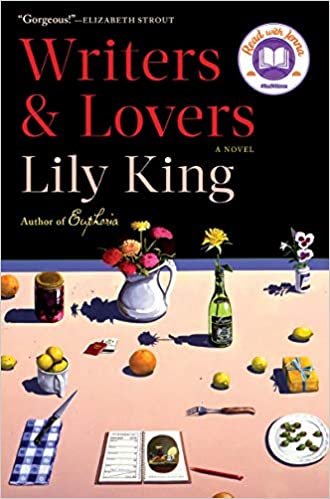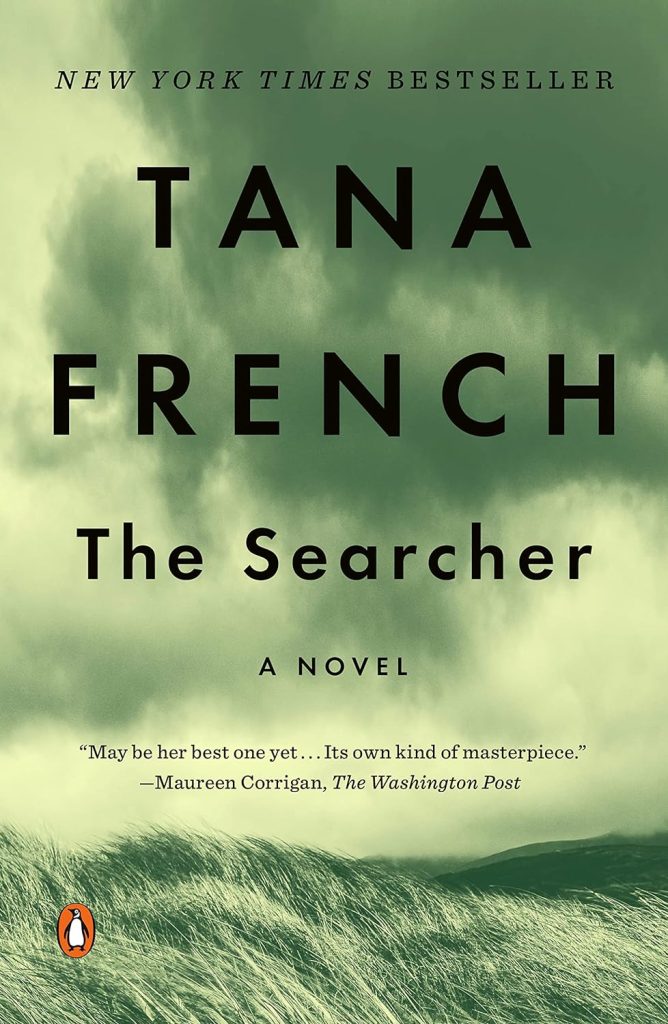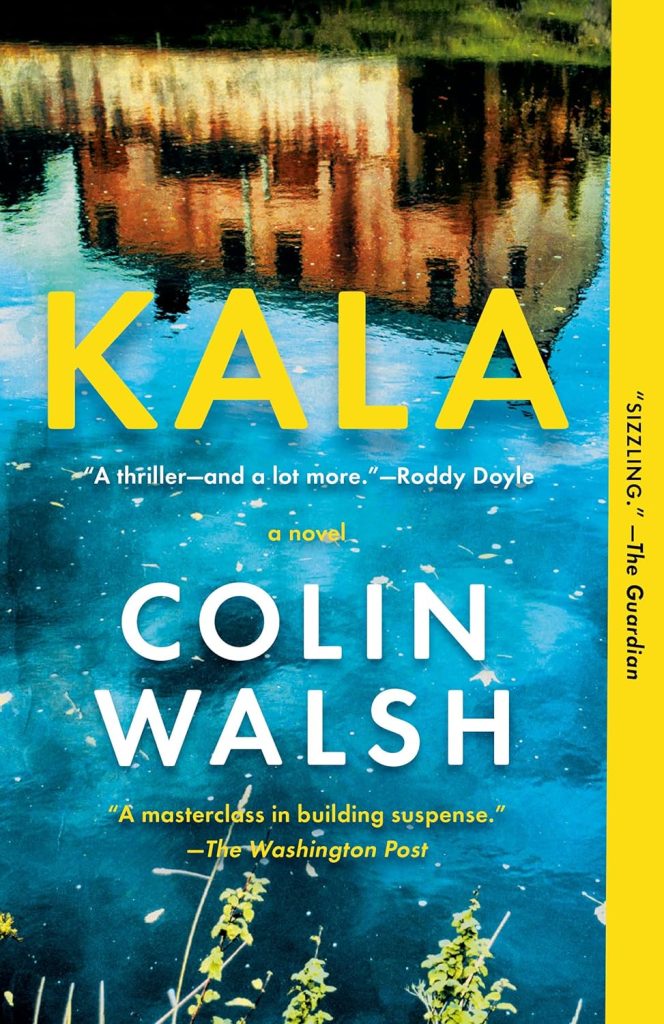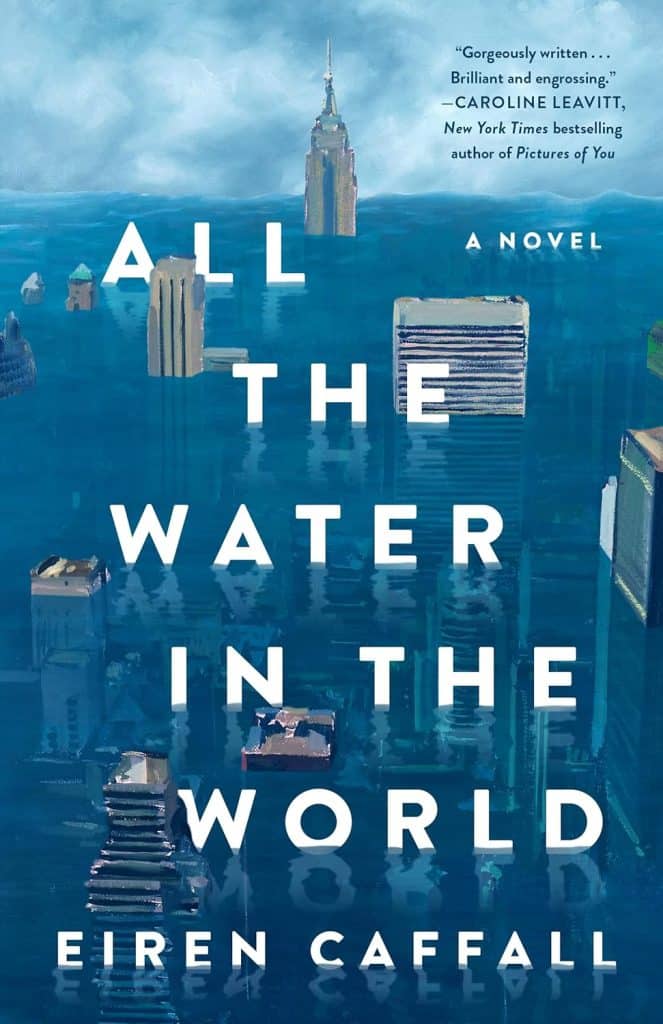One Day At a Time,
I Am Becoming the
Best Version of Myself
During a dinner in Philadelphia, the night before the Flower Show, my good friend Hugo noticed a significant change in me. He remarked that over the past three years, since the loss of my wife, Jan, I had changed. Intrigued, I asked him to elaborate. Hugo explained that during the first year after Jan’s death, I would break down in tears at any mention of her. But he had noticed my improvement since then, as I appeared more relaxed and content. I agreed, acknowledging the progress I had made. Then, with the wisdom of an old man, I said, “We often seek positive change in times of loss. To make it happen, we must be willing to become the change we desire.”
Continue reading →